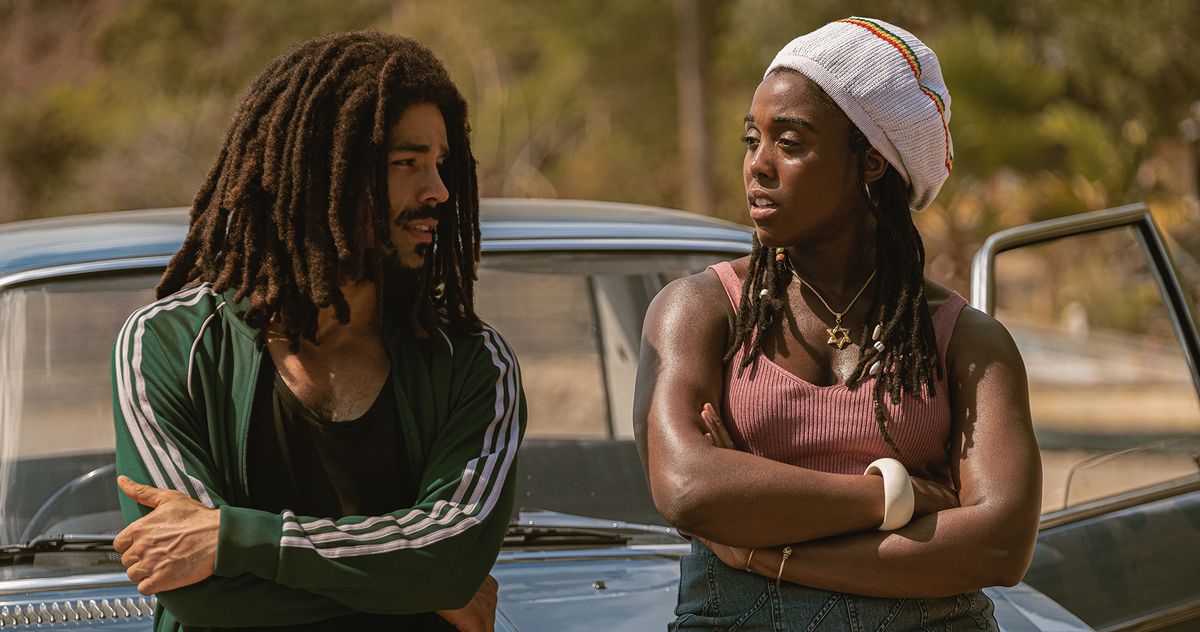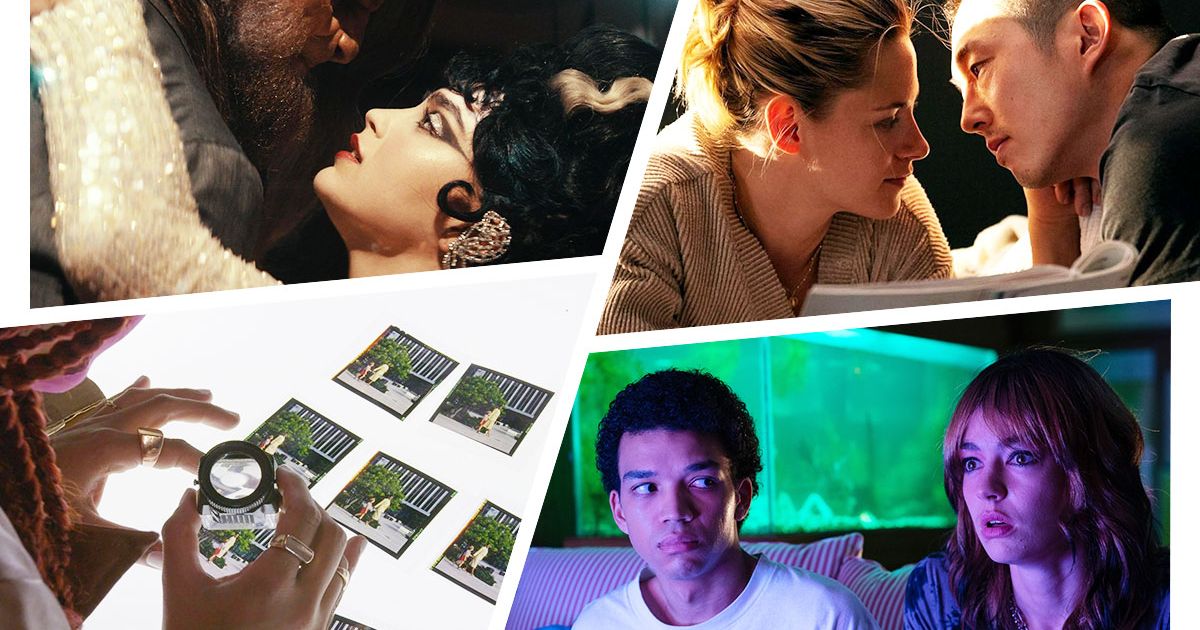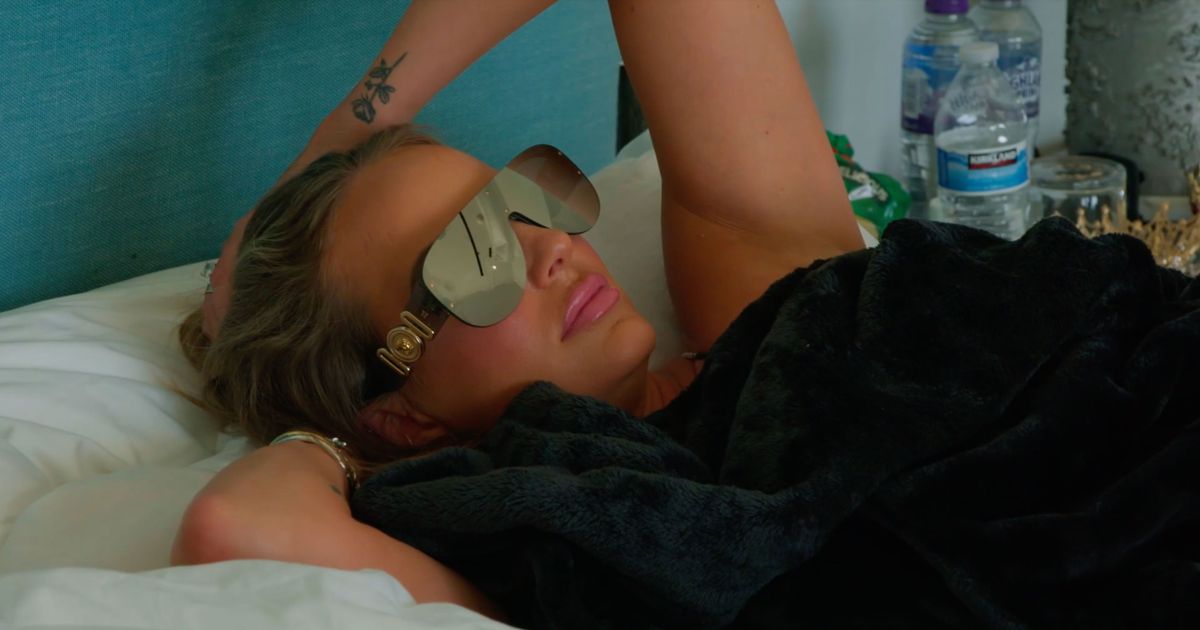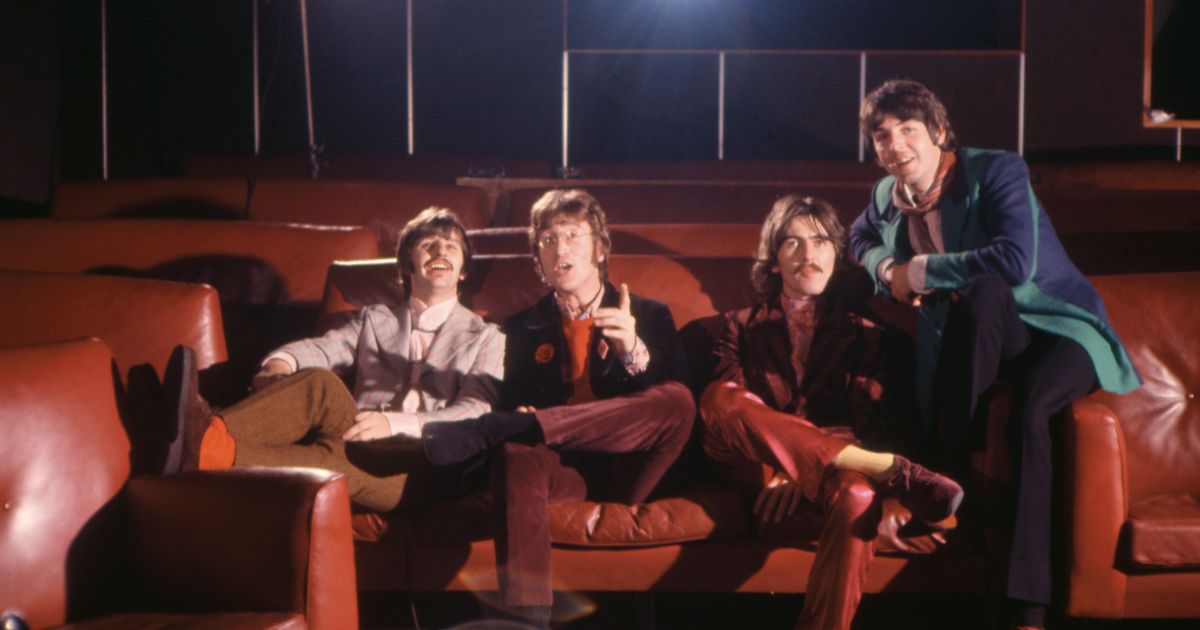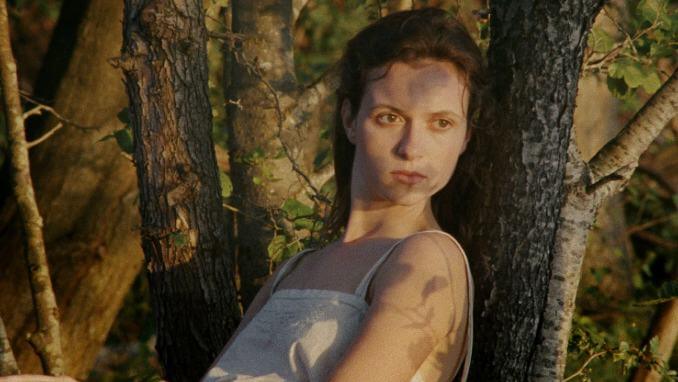
Interwar Fairy Tale Scarlet Is Content with and Contained by Its Own Form of Magic
What if there was a fairy tale where magic was not guaranteed, its very existence a matter of quiet suspense? The fairy-tale-adjacent film Scarlet has been described as magical realism, but I don’t think that’s quite right. It’s more about how its heroine finds herself in a situation where, it seems to her, some manner of otherworldly magic is called for, whether it’s technically possible or not. Anyway, the definition of “otherworldly” can get pretty broad when you’re stuck on a farm with minimal family and friends.
Scarlet does not start with that heroine; it begins at the end of World War I, with Raphaël (Raphaël Thierry) returning home from war and discovering that his beloved wife has passed away, leaving behind their daughter Juliette, whose existence was previously unknown to her father and has been raised by Adeline (Noémie Lvovsky), who allows the pair to stay on her land as Raphaël searches for work. His weathered, calloused hands “can do anything,” from construction work to fixing up an old piano to hand-crafting wooden toys; Thierry resembles a more imposing John C. Reilly, with a more pronounced brow, and becomes something of a willfully misunderstood monster to the nearby townspeople. Similarly, his daughter’s classmates call her a witch; later, someone mockingly calls her Red Riding Hood. It’s not only hopeful dreamers who are seeing these lives in fairy-tale terms.
Director Pietro Marcello (Martin Eden) imitates old-time stories with his form, like the way time in his story passes suddenly and inescapably, the editing equivalent of a casual “many years passed” in prose. In one of these cuts, Juliette (Juliette Jouan) grows into a confident and lovely young woman, foretold to escape this place by an older lady (Yolande Moreau) who may or may not be an actual witch. It is around this point that Marcello allows the movie to waft into prettier, more painting-like skies. Juliette sings like a lost princess, and performs several original songs in full. In the film’s most breathtaking image, she sits on a tree branch by a lake, as a bathing man in the distance swims toward her, all captured in glorious 16mm grain.
That swimming man is a pilot (Louis Garrel) who has serendipitously landed in the countryside, and his thin romance with Juliette moves to the foreground for the final stretch of the film. It’s a little disappointing that Thierry doesn’t have more to do in the back half of Scarlet, yet it’s hard to quibble with the genuine enchantment that overtakes the hardscrabble origins. Jouan heightens and grounds her material at the same time; together with Marcello’s filmmaking, she makes it feel like a fairy tale could organically emerge from the verdant surroundings at any moment, even though there’s nothing inherently fantastical about either singing or pining for a better life.
Would the delicate lushness of the movie’s second half play as well, though, without its grimmer (and less entertaining) beginnings? It’s hard to say, because the transition isn’t especially smooth. Visually, Marcello takes advantage of the dexterity of 16mm, which can look gritty and warmly welcoming in equal measure, depending on how it’s deployed. Narratively, though, the hardships of the first half only add so much to the gorgeousness of the second; at times, they feel like dropped grace notes.
At times, and purely by coincidence, Scarlet resembles a gentler version of Ti West’s recent Pearl: They both begin around 1918, feature a young woman whose dreams of escape are channeled into an infatuation with a dashing young man, and use color-rich imagery to convey the heroine’s outlook. West uses the textures of newsreel footage to bring images of wartime violence into Pearl’s cloistered word; Marcello, who first came to prominence as a documentarian, uses seemingly colorized archival footage early in Scarlet to create an atmosphere that looks simultaneously realistic and dreamlike. West and Marcello both seem to be addressing the ways that the world shifted in the early part of the 20th century; probably no coincidence that Raphaël starts to recede from the story around the time when Juliette is informed that his handmade toys are no longer selling compared to more motorized wonders. What Scarlet wants to do with this post-war/pre-war era doesn’t emerge with crystal clarity, maybe because it never feels like Juliette is a fully realized counterpoint to Raphaël. Has she been better prepared, somehow, for the advent of the 20th century than her craftsman father, or is she destined for better things simply because she’s the heroine of a story that resembles a fairy tale? (The movie’s epigraph suggests that her pluck is self-made, but the “how” of it all remains elusive.) Maybe elaborating would break the spell. As-is, Scarlet is a beautiful loll, content with its self-made magic.
Director: Pietro Marcello Writer: Pietro Marcello, Maurizio Braucci, Maud Ameline, Geneviève Brisac Starring: Juliette Jouan, Raphaël Thierry, Louis Garrel, Noémie Lvovsky Release Date: 2023
Jesse Hassenger writes about movies and other pop-culture stuff for a bunch of outlets including The A.V. Club, Polygon, The Week, NME, and SportsAlcohol.com, where he also has a podcast. Following @rockmarooned on Twitter is a great way to find out about what he’s watching, listening to, or eating.







